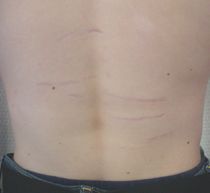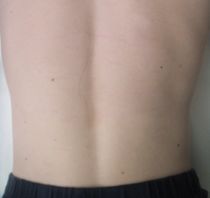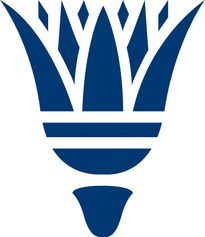Specialisms
Overview of our diagnostic approaches and treatments
We offer all the standard testing and treatment methods used in dermatology and venereology, with a focus on classical conventional medicine. Our comprehensive range of services includes aesthetic skin treatments as corrective measures; however, we make it very clear that we do not consider ourselves a “beauty clinic”.
This brief overview provides an insight into some of our work.
General diagnostics
Tests may include examining the skin under a magnifying glass, analysing birthmarks with a dermatoscope or conducting a fluorescence examination of the skin in UVA light (Wood lamp).
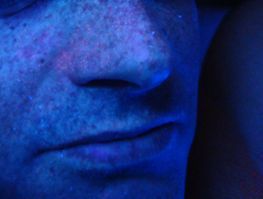
Where necessary, blood tests, as well as bacteriological and molecular biological tests of swab, urine or stool samples, are arranged at the external laboratory labor team w ag. If you have any questions about your laboratory bill, please contact this laboratory directly. Certain tests are carried out in the clinic’s own laboratory.
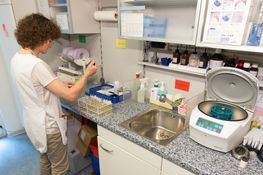
Inflammatory skin conditions
Skin conditions are often very similar, and it is only the combination of symptoms and microscopic findings that enables us to provide a correct diagnosis and targeted treatment. Thanks to our collaboration with the laboratory Viollier Lausanne, we are able to directly compare dermatopathological and clinical results. Surgical specimens are systematically examined under a microscope in order to obtain certainty.
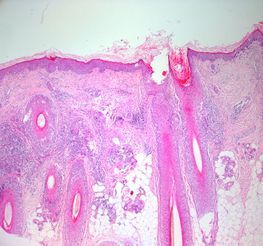
Restoring skin tissue is a complex process that involves multiple stages, lasts many days and, correspondingly, is quite expensive. Treatments are billed in accordance with the legally defined TarMed tariff system. If you have any questions about your laboratory bill, please contact the laboratory directly.
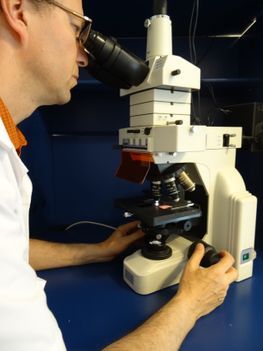
Hair disorders
Trichology (the study of hair disorders) is a branch of dermatology. It includes hair loss, problems with hair growth and hair destruction caused by inflammation of the scalp. With nationally and internationally recognised specialist expertise at our command, we care for numerous patients and provide advice to referring colleagues and GPs. As an additional test – which may be required in order to understand a patient’s hair growth – a trichogram is carried out or the hair is examined for damage under a microscope.
Non-inflammatory hair loss (for example, age-related hair loss) is not considered a disease in a legal sense, however badly the individual concerned may be subjectively affected. For that reason, according to case law, a consultation for cases of hair loss without any accompanying inflammatory symptoms cannot be invoiced through a health insurance provider. Tests and advice for hair loss are private services that are not covered by health insurance.
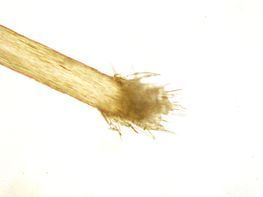
Allergies
Allergic skin conditions may need to be systematically tested in order to find their underlying cause. In our clinic, we carry out intradermal prick tests to identify immediate allergic reactions (e.g. hay fever, hives) and epicutaneous patch tests to identify delayed reactions. We have numerous allergens in their pure form available for testing purposes. In some cases, other allergens may be prepared for testing by our medical lab technician.
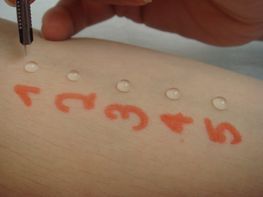
Fungal infections
Fungal infections of the skin can be difficult to identify if the infection is minimal. A fluorescence microscope is available in our clinic laboratory, which we use to light up the fungus. This enables us to reliably identify fungal elements, even if they are very small in number. To be on the safe side, fungal samples are incubated for an additional three weeks in a heated cabinet.
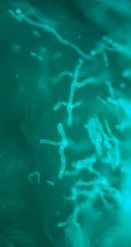
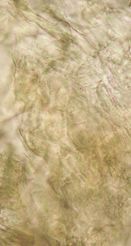
Treating skin cancer and precancerous conditions
Due to the increased levels of sun exposure in recent decades, skin cancer is unfortunately becoming increasingly common. Careful testing enables us to start treating skin cancer in its early stages. Larger skin tumours are surgically removed in our clinic’s operating theatre, which has been approved by the Swiss Medical Association.
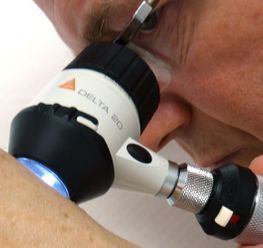

Photodynamische Therapie (PDT)
Photodynamic therapy can be used instead of X-ray irradiation to burn extensive precancerous spots, as well as superficial skin cancer, from the inside using intensive red light following application of Metvix® cream. The end result is exceptionally good; we use a special cold-air fan to provide cooling pain relief.
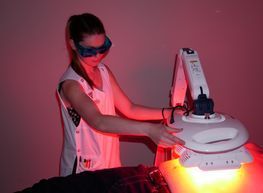
Cryotherapy
Smaller or superficial tumours, as well as benign skin changes and warts, can be treated with cold therapy, which uses liquid nitrogen at -196°C. This treatment has nothing in common with the cold sprays available in pharmacies (“only” -50°C, but usually insufficient).
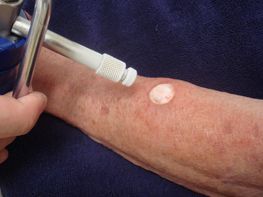
UV therapy for psoriasis, vitiligo, atopic dermatitis, photoallergy and itchy skin
These conditions respond well to treatment with ultraviolet light in the form of UVA or narrowband UVB. This treatment can be administered in the full-body cabin or with a smaller unit, which is used to treat specific areas such as hands or feet.
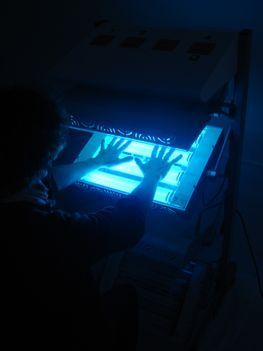
Wart treatment
There are various options available for treating stubborn warts: immunotherapy with DCP, etching treatment with Solcoderm, cryotherapy, laser treatment or infiltration with bleomycin. Medical wart treatments are always a little painful and should only be used if the patient is highly keen, e.g. if pharmacy products have not worked.
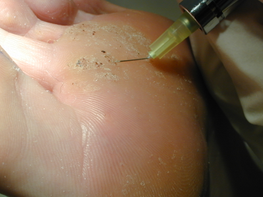
Hyperhidrosis treatment
One treatment option for cases of excessive sweating from the armpits, hands or feet is iontophoresis. In this procedure, the activity of the sweat glands is reduced using weak direct current. Health insurance providers will pay for a good percentage of the iontophoresis equipment, but only after its effectiveness has been tested in the clinic. Using botulinum toxin to paralyse the sweat glands can also help to reduce excessive sweating under the arms. Unfortunately, this is not a painless treatment and it is also expensive (approx. CHF 630) if no contributions are made by a health insurance provider. Luckily, the effects of the treatment usually last for six to 12 months.
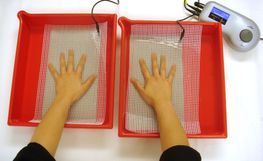
Scars and stretch marks
We treat scars and stretch marks (caused by growth or pregnancy) with laser treatment, steroid infiltration, cryotherapy, needling (example pictured: laser therapy to treat a 15-year-old boy, three sessions, six months later).
